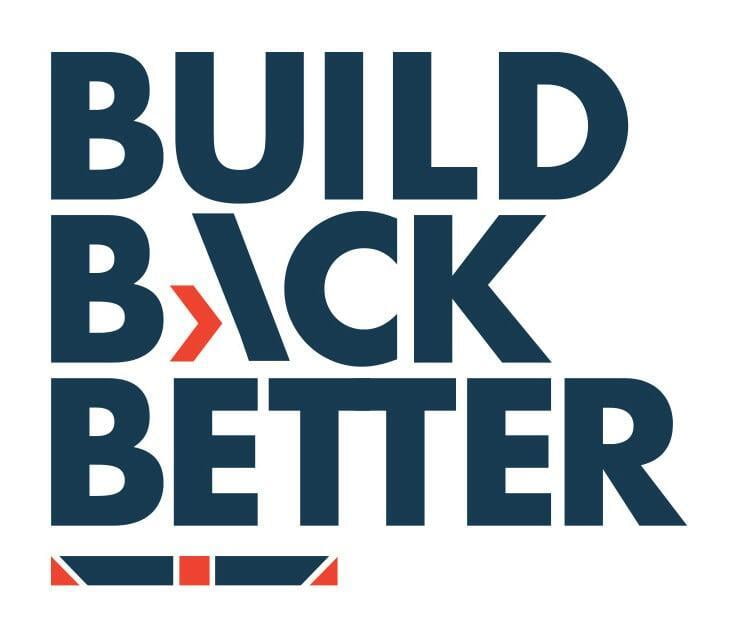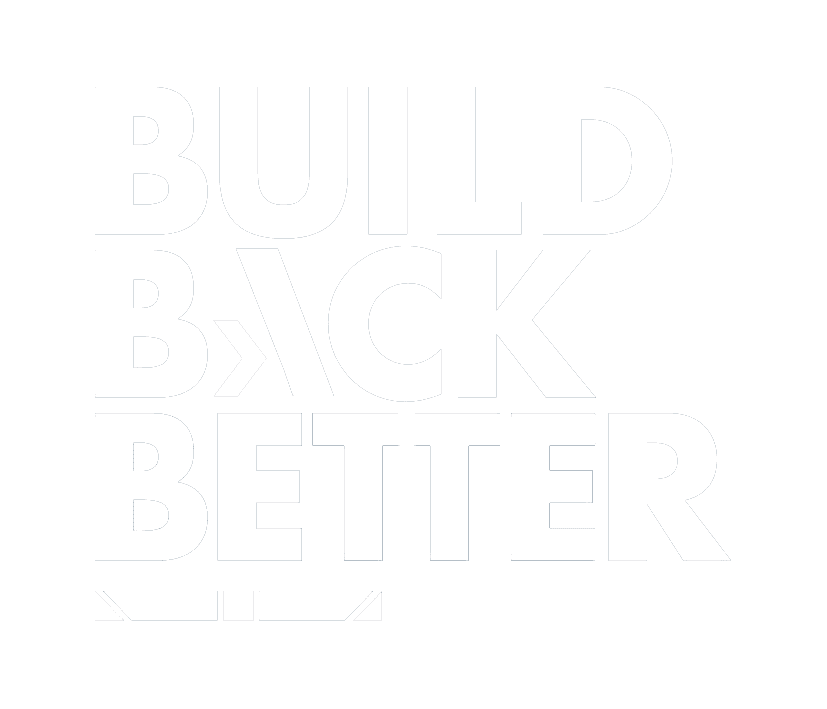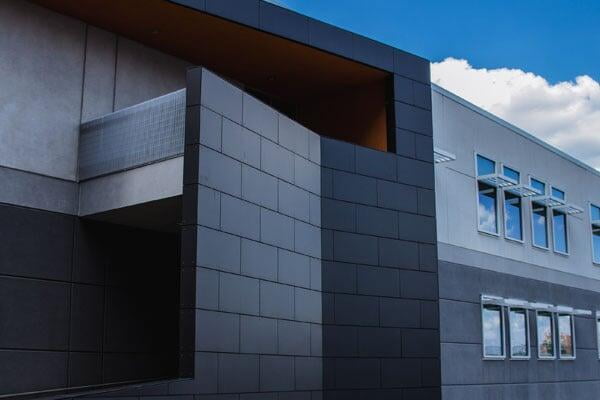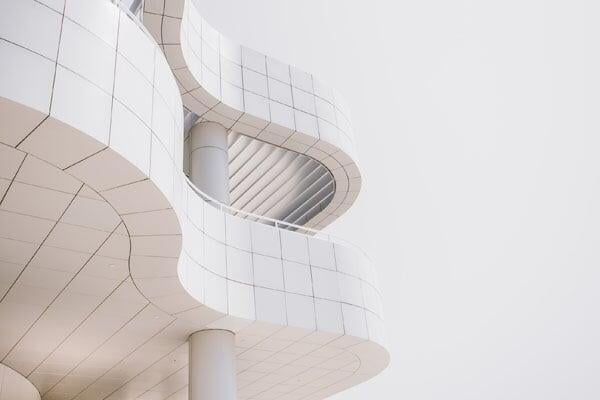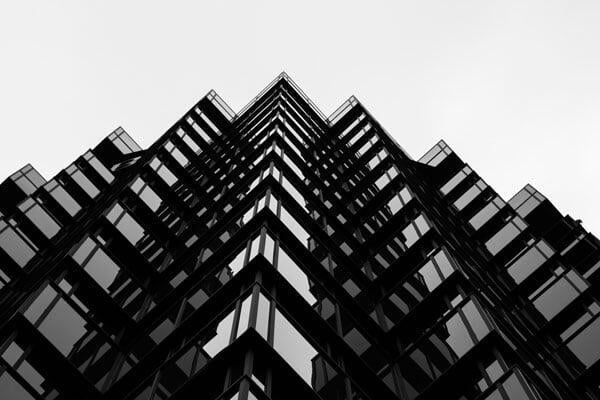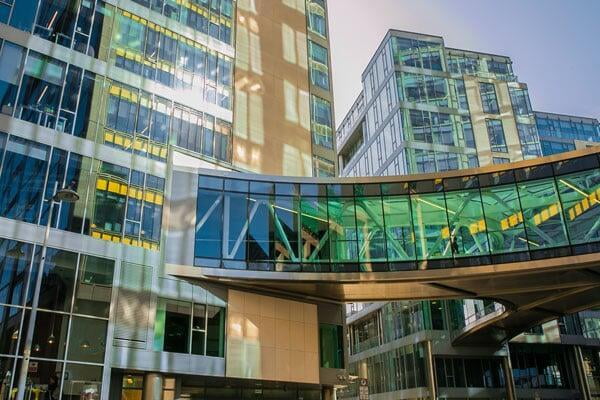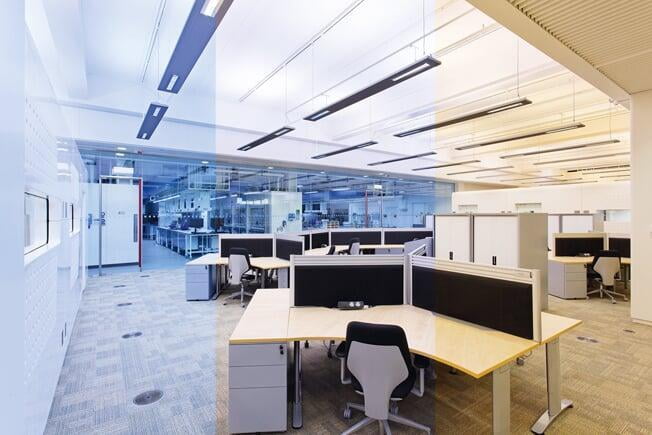
20 ways lighting will change post-Covid
Like much else, the way we illuminate the spaces we inhabit is set to change along with our changed priorities after the pandemic. Pre-existing trends in workplace wellbeing, biophilia and online communication will accelerate, while new uses of retail spaces, the high street and even the home will emerge. The design of lighting will have to respond to these shifts so that it plays a key role in articulating our new built environment. Here’s 20 key ways we believe lighting will change post-Covid.
Workplace lighting will get creative
This will be a megatrend in offices. Progressive employers will invest in their interiors, and statement lighting, to foster loyalty, belonging and community. Expect more boutique style interiors, food and beverage areas and meeting rooms.
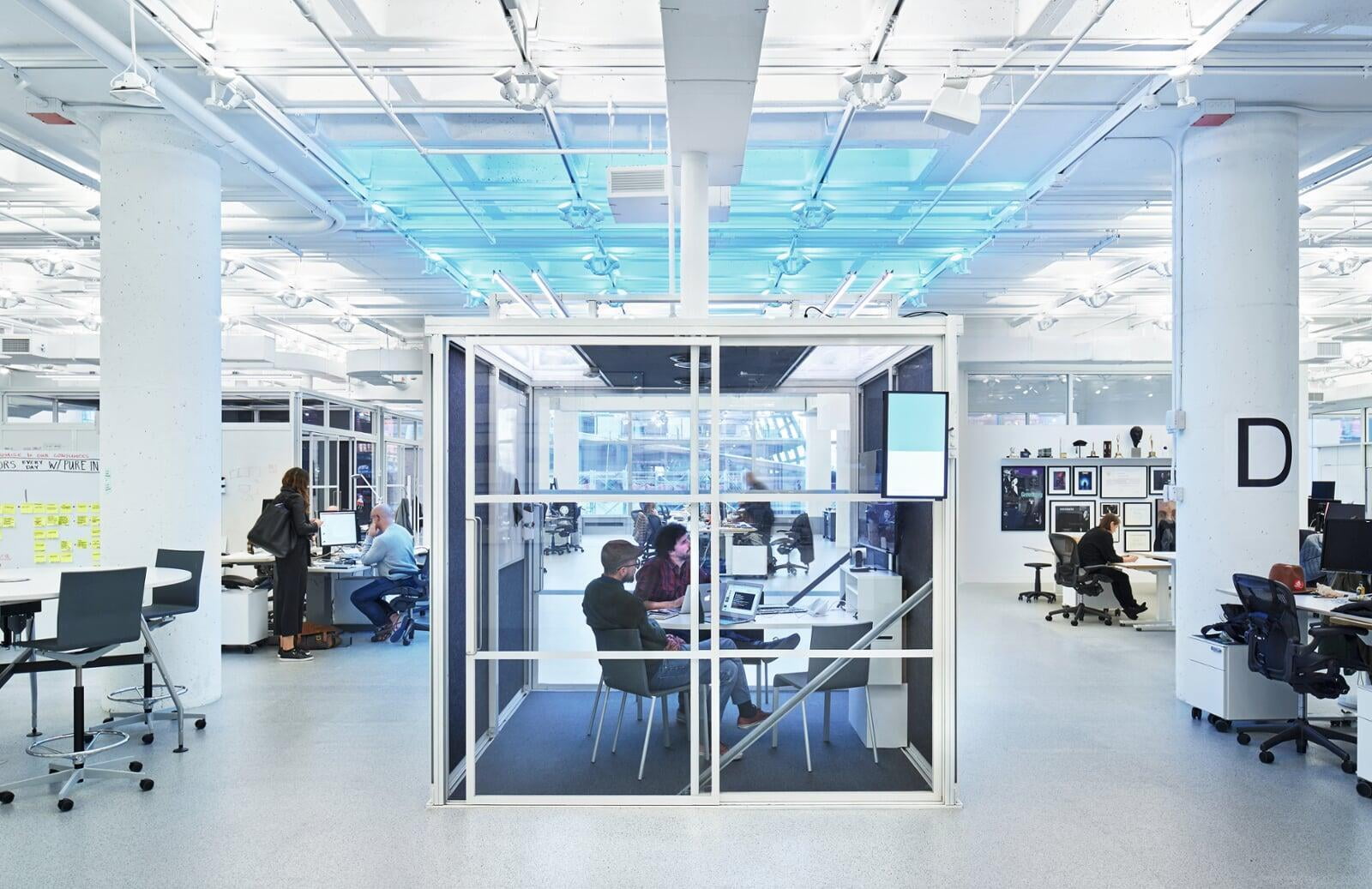
Workplace lighting is set to get creative. This is the R/GA headquarters in New York. Architect: Foster + Partners; Lighting design: Tillotson Design Associates; Engineering Consultants: Arup, Cosentini Associates; Pic: John Muggenborg
Designers will have to take plants into account
Expect an explosion of foliage in the workplace to emphasise an employer’s dedication to health and the environment. This biophilia trend is a challenge as it involves a balance between the plants’ needs and the aesthetics of the illumination.
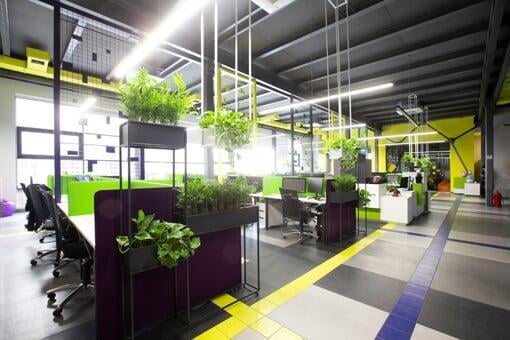
Work-local spaces will be a new market
A wave of work-local offices in dormitory and regional towns – as major employers grapple with hybrid working and a hub-and-spoke footprint – will represent a new and exciting market for creative workplace lighting.
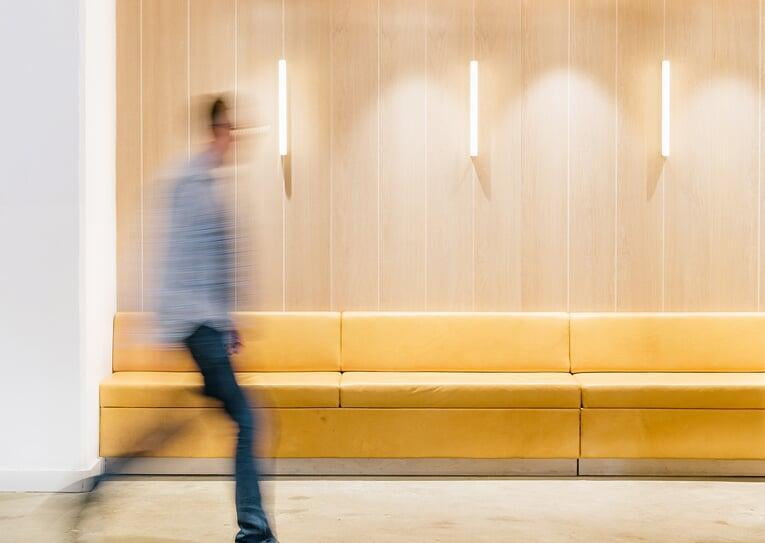
There’ll be more emphasis on light quality
A trend before the pandemic, the move to higher quality lighting – low glare, low flicker, higher colour rendering – will accelerate as wellbeing in workplaces becomes paramount and version two of the WELL standard becomes more popular.
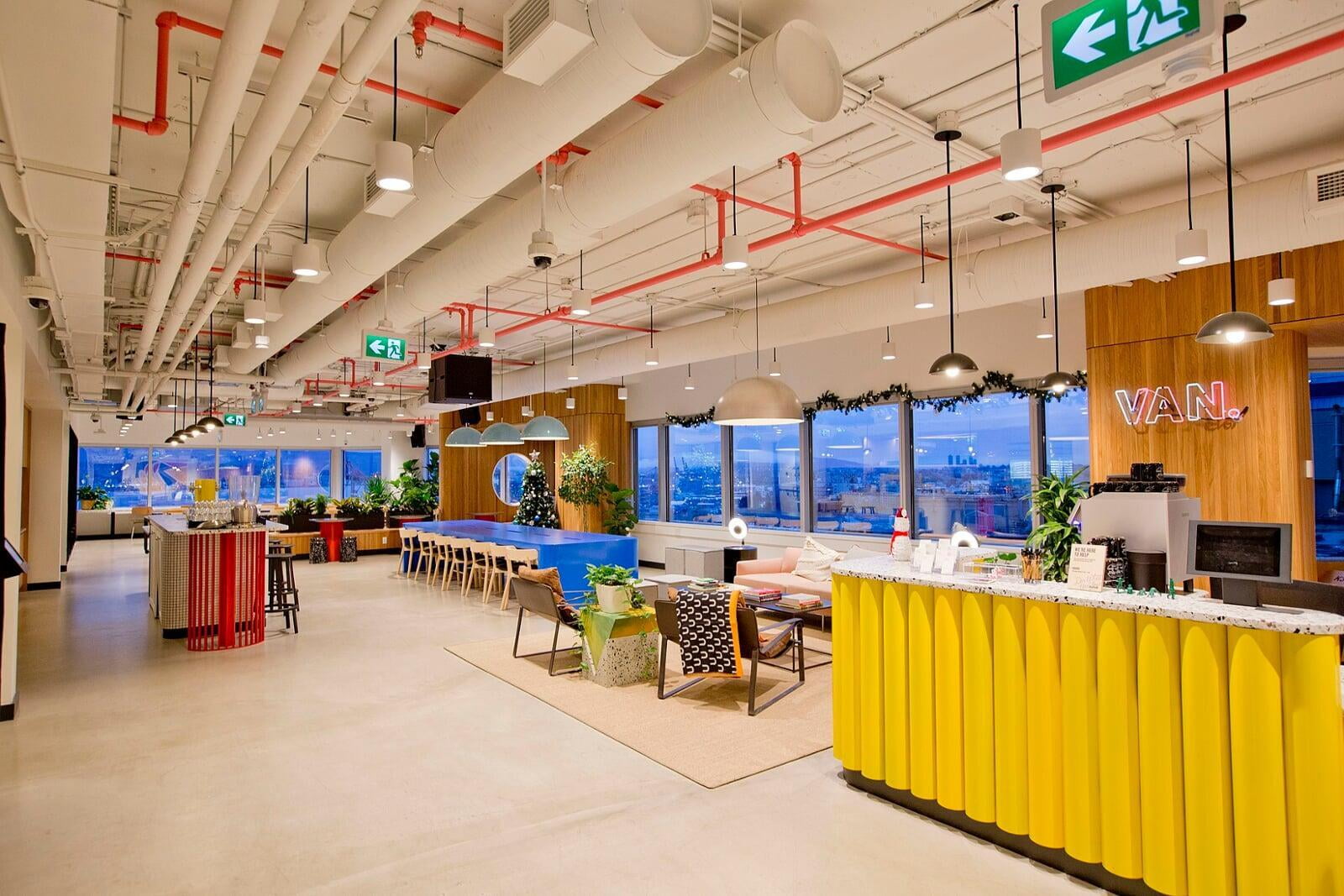
Deep floorplates will go
We’ll need to bring daylight to all employees, not just the lucky ones near a window. Architects will respond with buildings with more light and more outside space. The challenge will be managing that light and integrating it with artificial lighting.

Concept stores will drive retail lighting
Concept and ‘brand experience’ stores will increasingly be seen on our high streets. These store-as-showroom spaces typically eschew rows of spotlights in favour of embedded lighting in light boxes, fixtures, tension-fabric units and display cabinets.
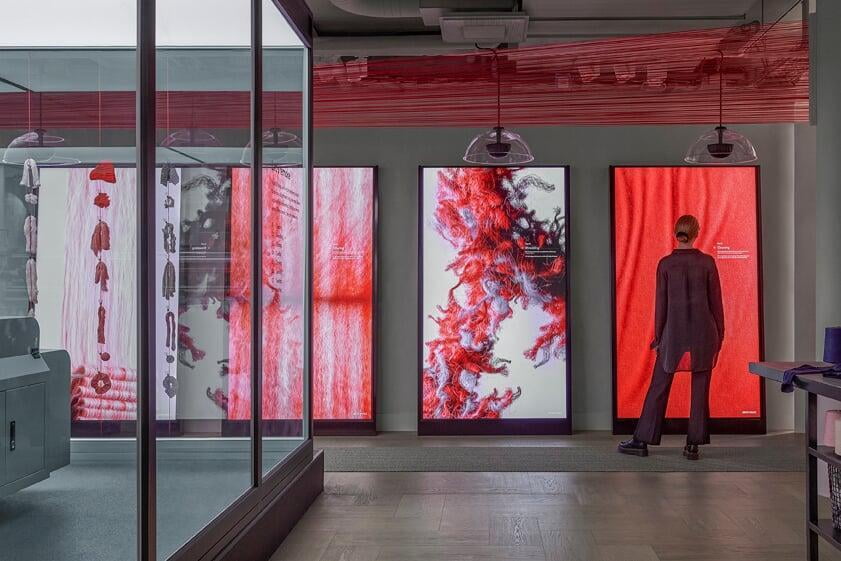
Expect more personalised control in offices
The lighting industry has been talking about personalised lighting for years, but it looks set to have its moment thanks to affordable technology, the advent of private working spaces and a desire to lure employees back to the workplace.
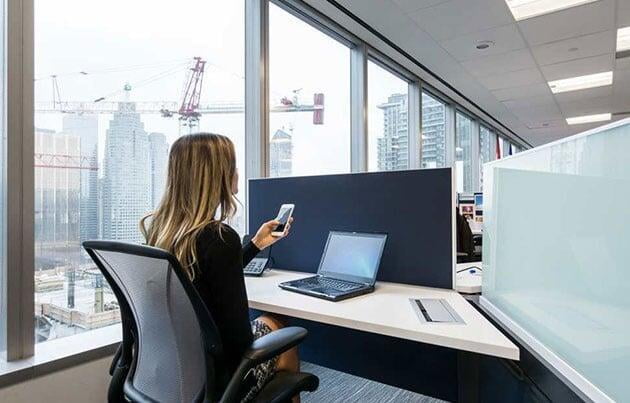
Lights will be made to circular principles
Increased concern for the environment post-pandemic, combined with the forthcoming European Ecodesign regulations and UK’s Environment Bill, will see more lighting equipment begin to be made to circular economy principles.
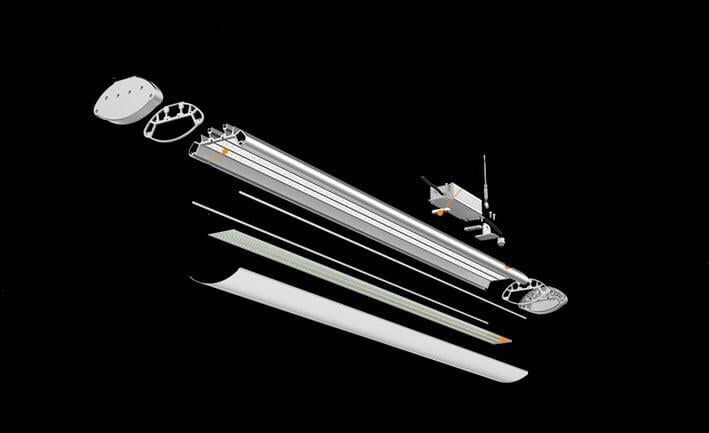
Upper-room disinfection lights will be a thing
UV-C mercury lamps – mounted above people’s heads and shielded from sight – will be increasingly be used to kill airborne viruses. But just how big this market this turns out to be, when everyone has had a vaccine, remains to be seen.
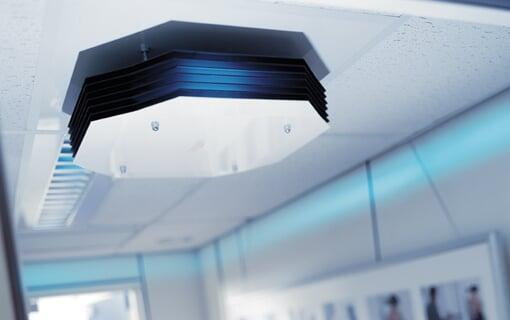
IoT lighting will, eventually, arrive
The future, we were once told, is lights connected to the cloud as part of the so-called 'Internet of Things’. Well, that didn’t happen. But the technology is becoming so accessible – and cheap – that there’s an inevitability that it’ll arrive in some form.
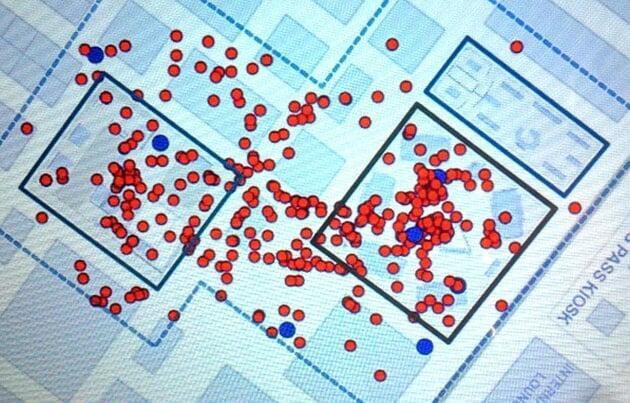
Face lights for meetings will be a new market
In offices, a new generation of video conferencing suites will require considered, quality lighting to show shadow-free faces and a new market will open up for skin-tone friendly lighting for home Zoomers.

We’ll need to light for ‘hotwalls’
A big screen connected to an always-on video camera – dubbed a hotwall – keeps remote colleagues in the loop. Typically, they’re found in communal spaces such as food areas so home workers can see – and chat with – their office colleagues.
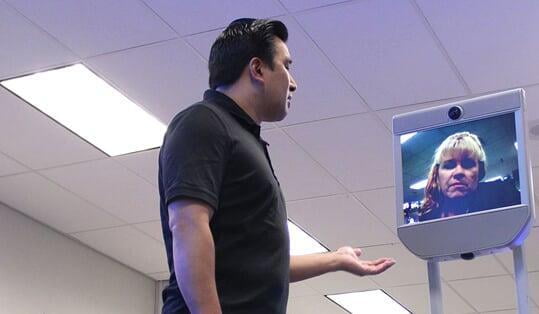
Say goodbye to blanket uniform lighting
In offices, expect to see a LOT more meeting rooms and the introduction of quiet places where people can concentrate. These will require different lighting approaches, leading to a more complex product matrix.
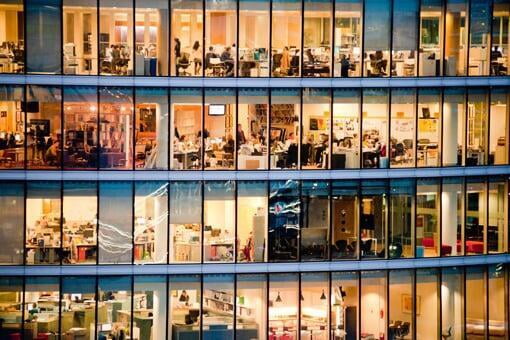
We’ll cater for the desktop-to-laptop trend
At one time, the lighting industry was obsessed with reflections on desktop computer screens. No longer. More and more employees will migrate to laptop use, which should allow more design freedom, but we’ll still have to be mindful of glare.

Pendant lighting will increasingly appear in workplaces
Pendants and other decorative-style lights – once the preserve of the boutique hotel – will increasingly appear in workplaces as we move from serried rows of desks with employees emailing each other to collaboration, team building and ‘knowledge sharing’ spaces.
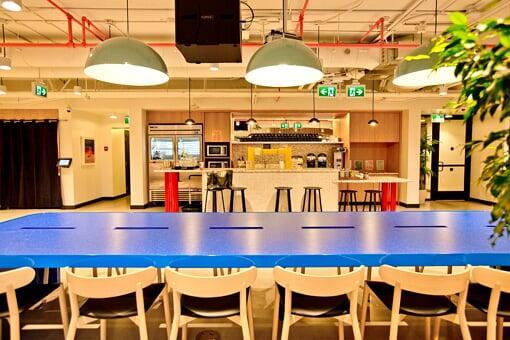
Visual balance will move up the agenda
Avoiding substantial changes in light levels as occupants move from one space to another, or indeed across the same open-plan space, will become an increasingly important consideration of lighting design as part of the light quality agenda.
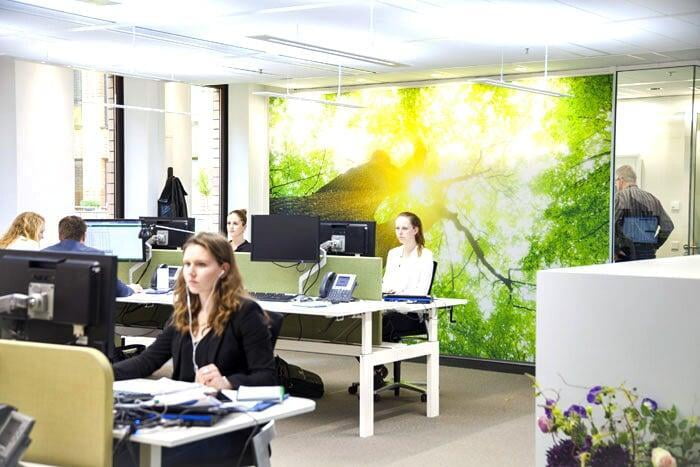
Lights could track employees
‘Who’s in the office?’ will become a key question for remote workers. The lights can do this automatically without colleagues having to clock in and out of an app. RFID tags in corporate IDs mean you can see who’s in a meeting and who’s free to chat.
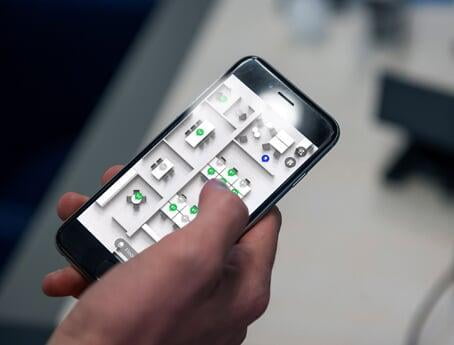
Expect more remote commissioning
We’ve grown accustomed to doing everything remotely, and commissioning lighting, including emergency lighting, will be no different. It saves time, eliminates wasteful business travel, reduces contact and improves service and maintenance levels.
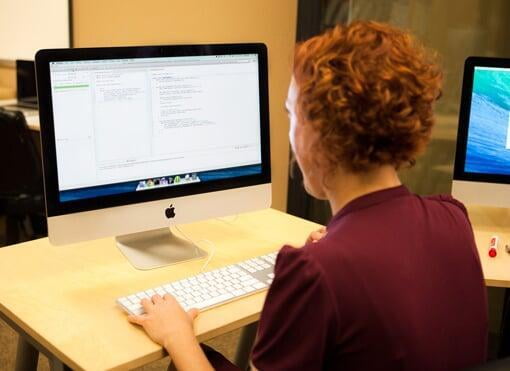
Forget human-centric lights; think colour tuning
Daunted by the science, lighting designers, consultants and clients are reluctant to apply human-centric principles. However, colour tuning light, which mimics dynamic daylight, will prove a more popular way to give employees a more naturalistic light.
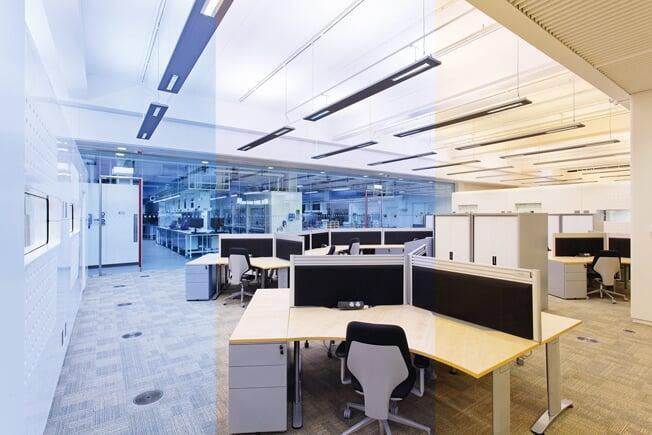
The Dark Sky movement will break through
Locked down communities have reconnected with their local environment and many have realised the damage that light pollution has done by stealing their stars.
Expect more pressure on governments, cities and municipalities to act.

- The lighting category of the Build Back Better Awards is now open for entries! We're on the hunt for innovative designs, inspirational projects and great ideas. Get the recognition you deserve:
By Ray Molony
Head of Content
Build Back Better Awards
4 March 2021
